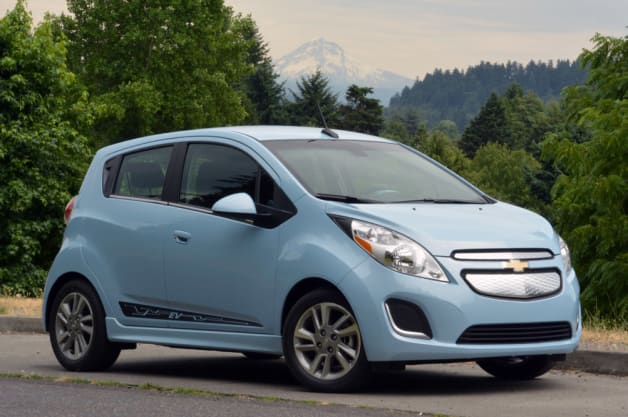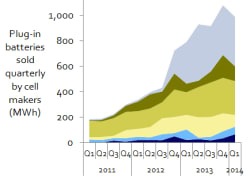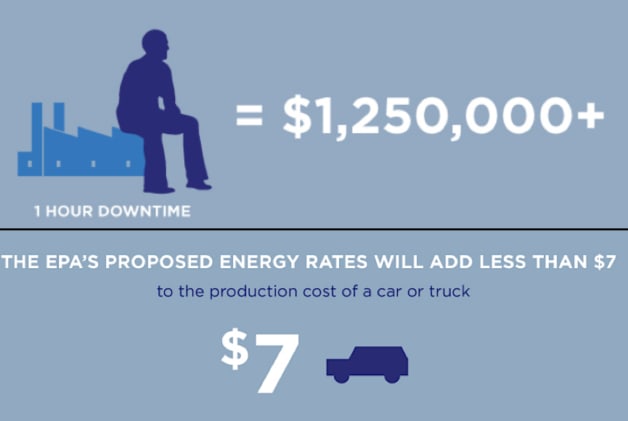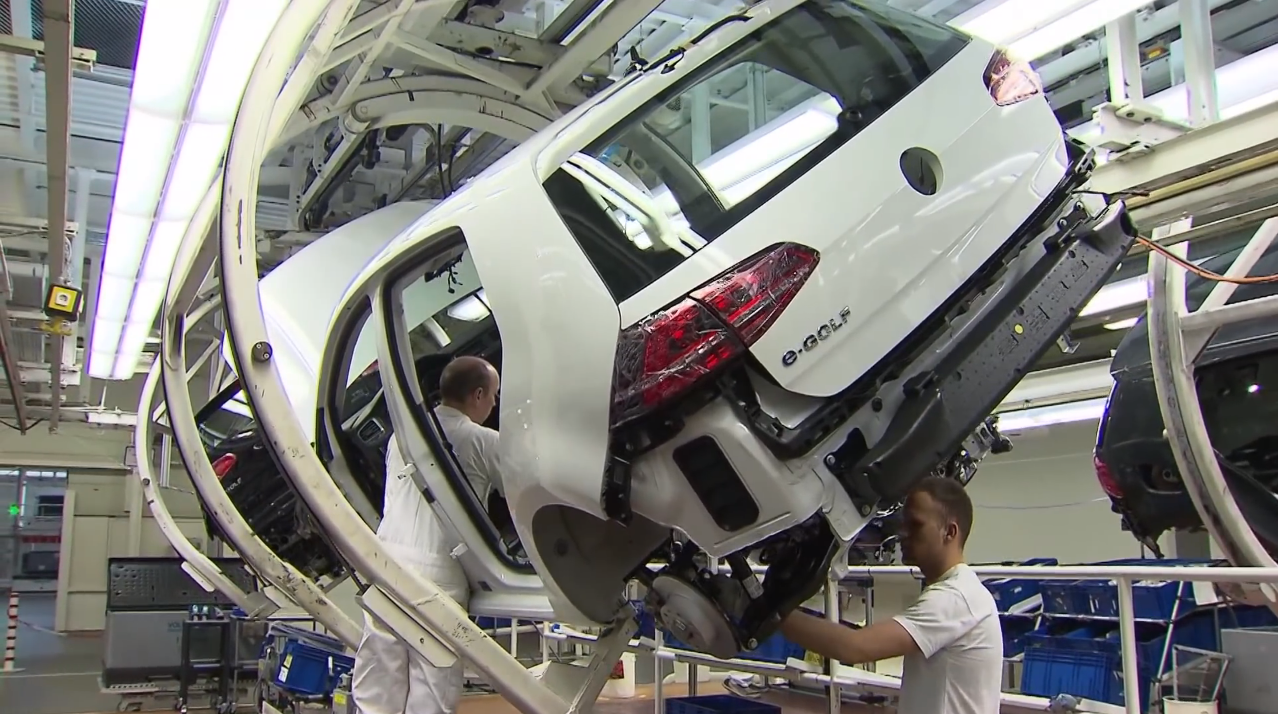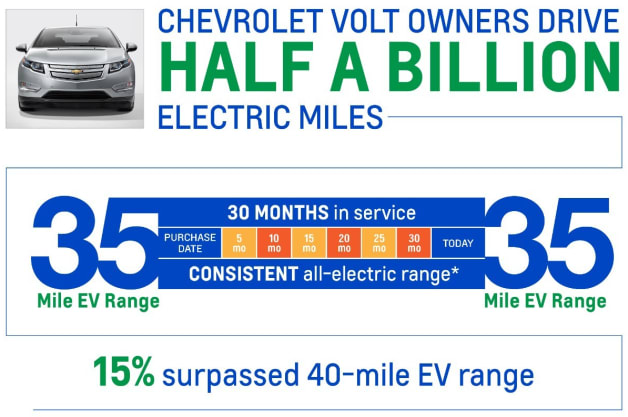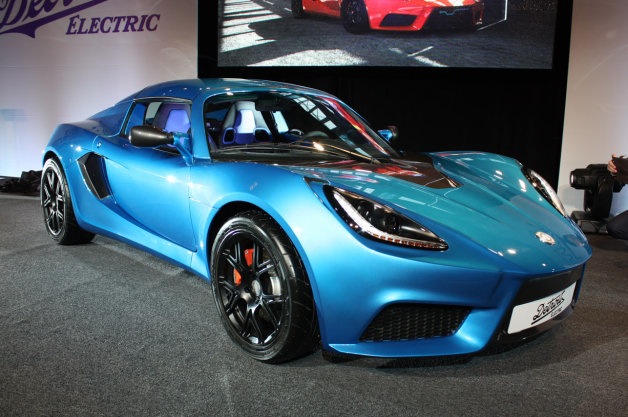Filed under: EV/Plug-in, Manufacturing/Plants, Tesla Motors

Tesla Motors said in the release of its first-quarter earnings Wednesday that it will boost its quarterly production on its Model S luxury sedan to as many as 9,000 from the approximately 7,500 it made during the first three months of the year. Bond manager Jeffrey Gundlach doesn't believe that's a good thing.
Gundlach, founder of DoubleLine Capital LP, told Bloomberg News that, while Tesla is a better investment than fast-growth companies like Twitter, the automaker would improve its financial results by halting production of its vehicles and dedicating itself to making battery packs for other automakers. A spokesman for Tesla, whose shares are up almost 40 percent this year, declined to comment to Bloomberg. We'll just sit here and imagine Tesla-powered Nissan Leafs and Chevy Volts.
Back in the real world, aside from its own vehicles, Tesla makes battery packs for the Toyota RAV4 EV and for some versions of the Smart Fortwo ED and the B-Class EV. Tesla and Toyota first announced their collaborative effort in 2010, which included Toyota's equity investment in Tesla as Tesla prepared to take over the old NUMMI plant in the San Francisco Bay Area.
Tesla said Wednesday that it took a $49.8-million first-quarter loss. Compare that to a year-earlier net income of $11.2 million. That's despite boosting revenue 10 percent from a year earlier to $620.5 million. That's largely because Tesla's selling, general and administrative costs more than doubled from a year earlier to $117.6 million.
Bond manager has odd advice for Tesla: stop making cars originally appeared on AutoblogGreen on Thu, 08 May 2014 11:59:00 EST. Please see our terms for use of feeds.
Permalink | Email this | Comments
